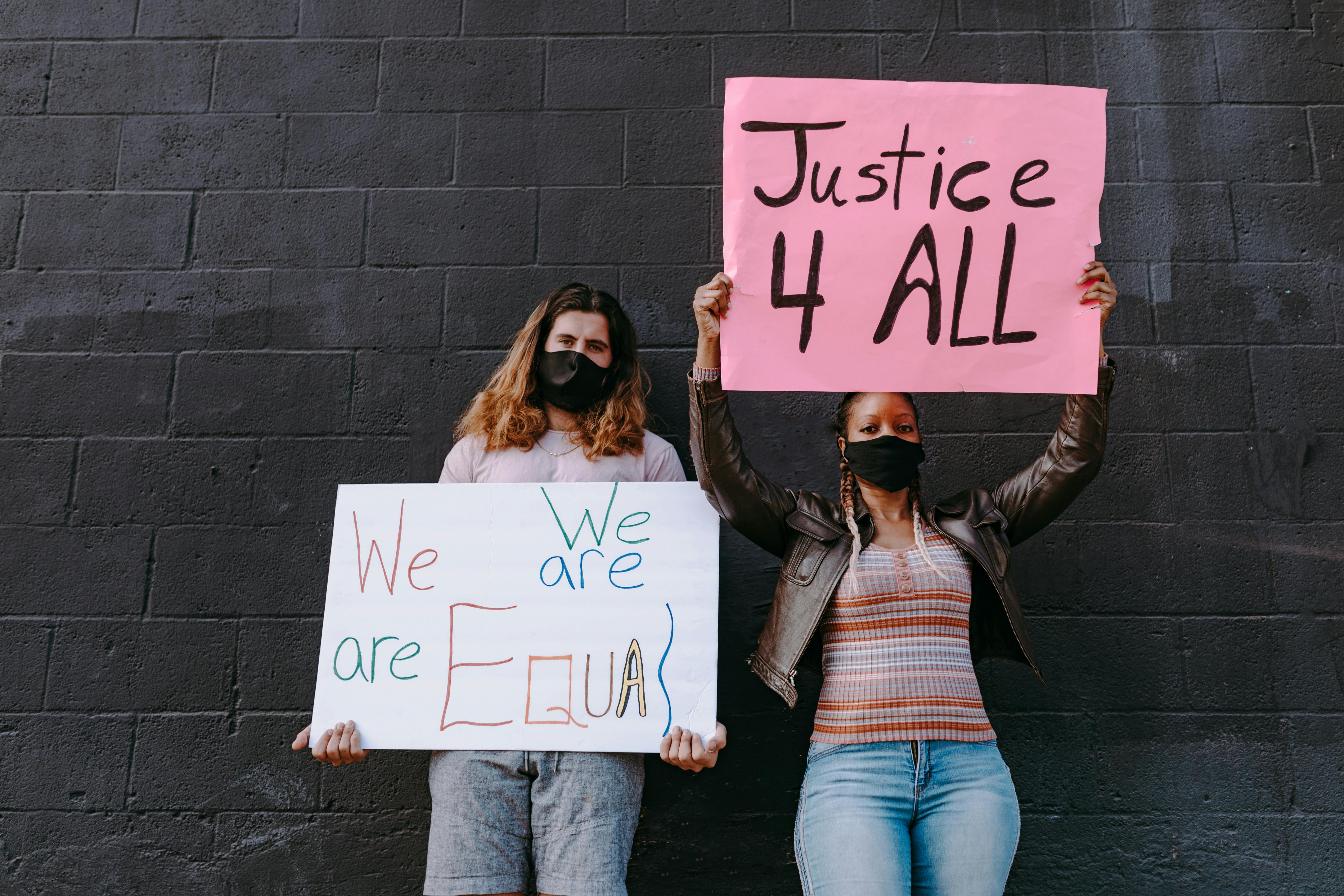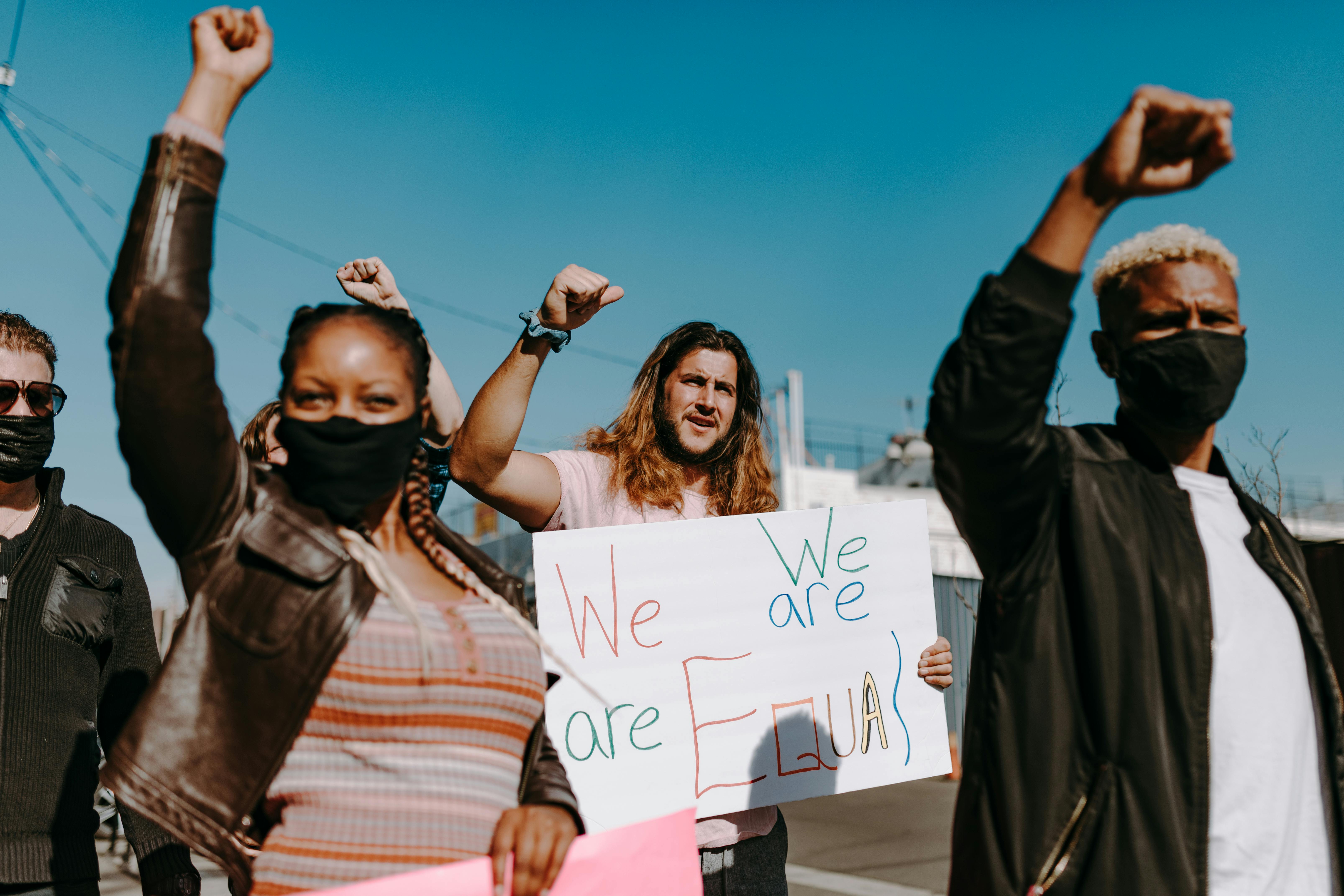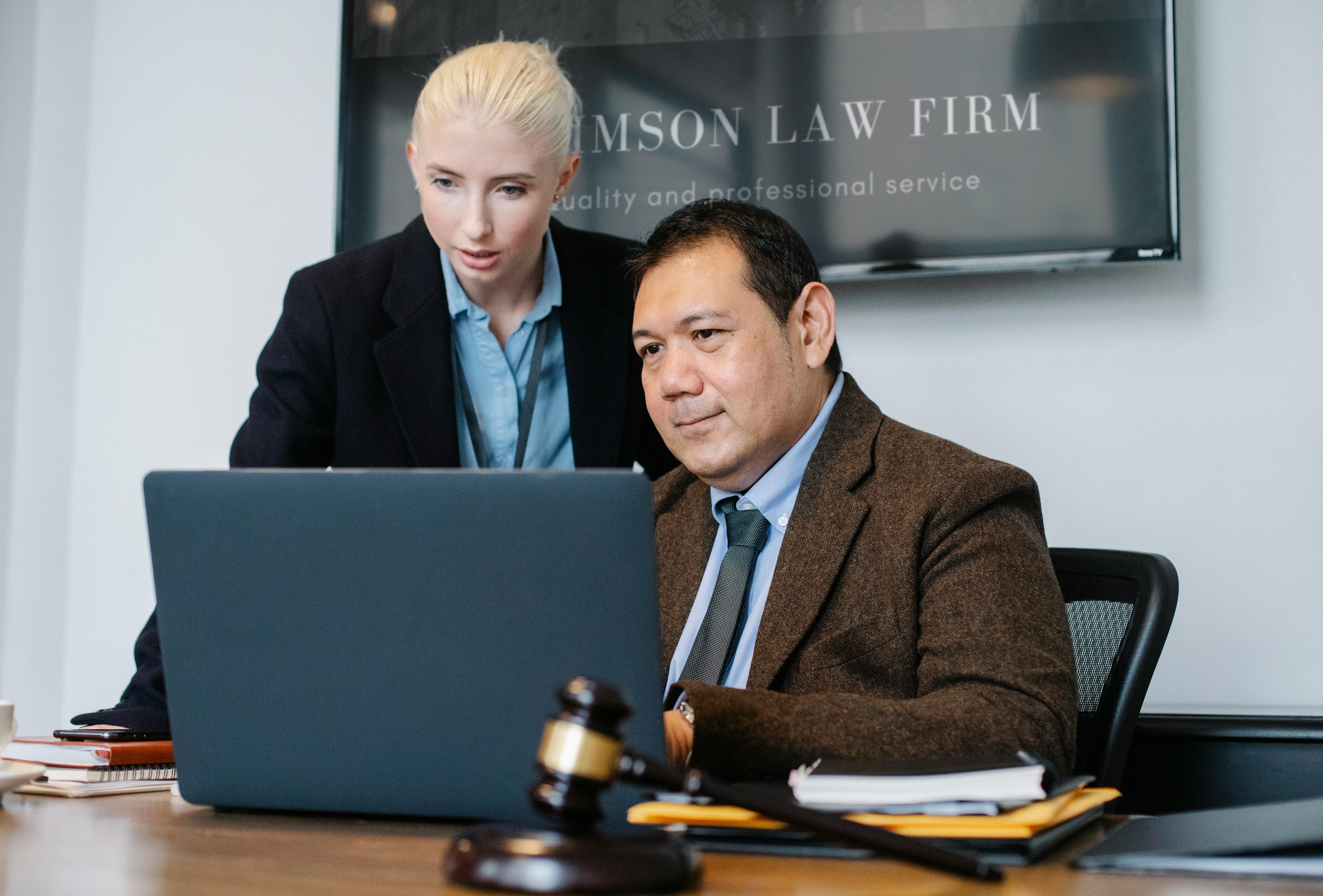The 5 steps to take if you are accused of selling counterfeit products
Long the province of street corner hawkers and car trunk sellers, counterfeit goods are now available almost everywhere. Even large retailers known for the quality of their products have been caught accidentally selling counterfeit products. To compound this problem, the quality of counterfeit products has improved and they have become much easier to obtain. Worse still, many of the major suppliers claim to be licensed wholesalers. This has led to many fake products being sold on Amazon.com, eBay, and other internet marketplaces, and sellers often have no idea that the products they are selling are fake. Worse still, the producers of counterfeit products generally reside in “justice-free” countries, where it would be prohibitively expensive, and perhaps impossible for brand manufacturers, to sue them.
However, branded companies have started to fight hard. Many have hired law firms to attack counterfeit products in any way they can; for example, the California firm Johnson & Pham has been hired by many brands to shut down counterfeit sellers. They have targeted online vendors who reside and are willing to receive processing services in the United States. Many of these online marketers are ordinary people looking to make a few extra bucks. And none of them are prepared for costly lawsuits that demand tens of thousands of dollars in compensation and potentially require tens of thousands of additional dollars to hire an attorney.
Brand makers will generally go after online sellers for one of the following causes of action:
A. Trademark infringement: Section 32 (l) of the Lanham Act specifically prohibits the unauthorized use, sale, offer for sale, distribution or advertising of counterfeit products. Most state trademark statutes have analogous sections. Counterfeit product trafficking is often described as “first degree trademark infringement”.
B. Unfair competition: Even if a trademark is not registered, unfair competition action can be brought to avoid consumer confusion. If the trademark is not registered, this may be the most viable cause of action.
C. Trademark dilution: As counterfeiters generally only go after famous brands, most counterfeiting cases will also allege trademark dilution.
D. Copyright infringement: In many cases, the counterfeiter will duplicate the brand logo, packaging designs, instruction manuals, etc. Many of these are copyrights.
Generally, the law firm hired by the brand contacts counterfeit sellers before filing a lawsuit. If you receive such a letter, you must act quickly to defend yourself. Below is an action plan that I recommend to clients.
Action plan
1. Don’t ignore the letter. These cases will not go away if you ignore them. Instead, the very aggressive firms that brands hire to go after counterfeiters will file a complaint and increase their demand. And if you continue to ignore the problem, the brand will get a default judgment against you, probably for many times the damage it would have otherwise suffered.
2. Do not contact the law firm. If you call the brand manufacturer’s law firm, you will speak with an experienced attorney who will do his best to represent his clients. This includes getting your admissions, which are very likely to happen. For example, the lawyer may ask you “Where did you get the counterfeit products?” Answering that question is possibly an admission that he was dealing in counterfeit goods.
3. Get the facts. The most important fact to determine is whether the trademark owner will be able to describe you as an intentional infringer. In particular, if the brand manufacturer can convince a jury that you knew you were dealing in counterfeit goods, the damages can be much greater. In particular, if you are an innocent infringer, the damages that a brand-name manufacturer can recover are extremely limited and may be nil. On the other hand, if the brand manufacturer can prove that you knowingly trafficked counterfeit goods, your profits, the brand’s actual damages, tripled damages, counterfeit legal damages, and attorneys’ fees. In particular, when actual knowledge of the forgery is proven, damages awards can easily exceed one million dollars ($ 1,000,000).
4. Hire an attorney. Given the large number of these cases now being pursued by brand manufacturers, many attorneys now offer affordable special programs to help individuals and small businesses resolve these lawsuits. When hiring such an attorney, keep in mind that you want an experienced intellectual property attorney who can actually litigate a case if necessary; Forget about hiring an attorney who helped you with your will or even one who may have handled the divorce of someone you know. . Ask the attorney how much experience they have in counterfeiting cases and if the attorney has actually litigated trademark matters. And of course, ask the attorney how much the action is likely to cost if the case is resolved without litigation and how much it is likely to cost if litigation is necessary.
5. Have your attorney pursue a lawsuit. Once you know what the brand manufacturer wants, you and your attorney can determine the best approach to take with your case. In particular, if the demand is low enough, consider paying it or asking your lawyer to negotiate more. If the demand is very high and you are an innocent infringer, litigation may be required to reduce the demand from the brand manufacturer. If you are not an innocent offender, litigating a case like this can have disastrous consequences. In particular, the damages against you can be staggering (and probably not releasable in bankruptcy), and there is a real possibility of criminal enforcement.
If you have received a letter accusing you of trafficking in counterfeit goods, you are undoubtedly under a lot of stress. I hope the above action plan helps you approach your decision on how to resolve such a case with care and calm.









